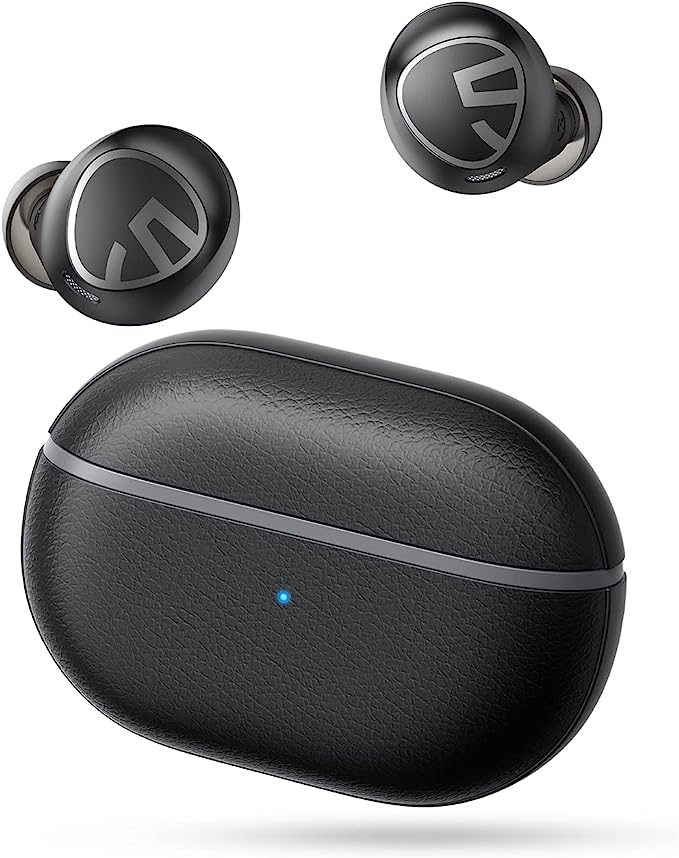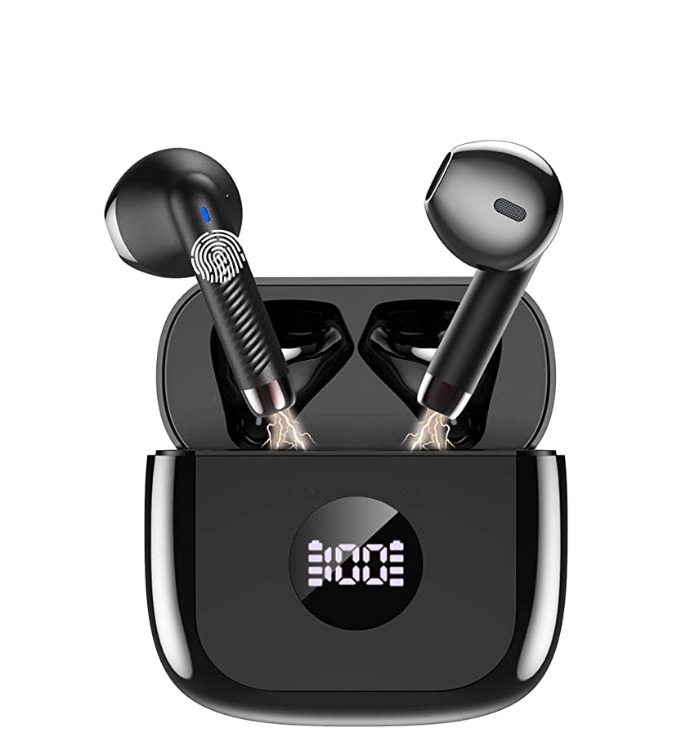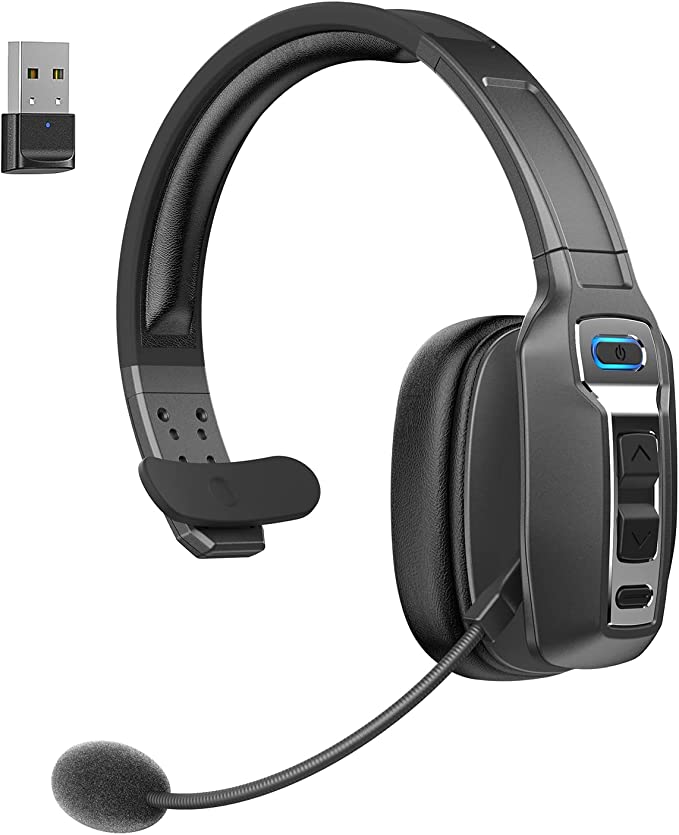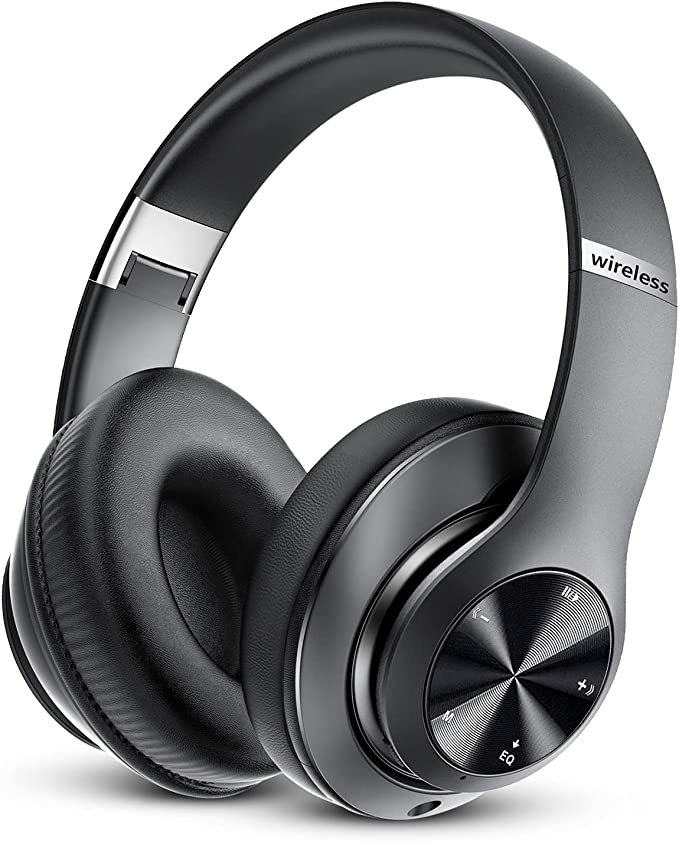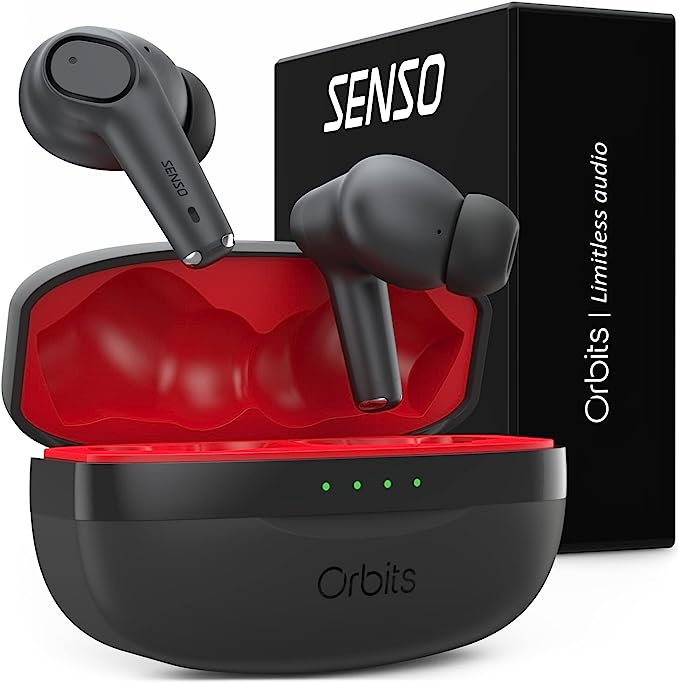An Unflinchingly Honest Uthfy Evaporative Cooler Review: Is It Right for You?
Update on Oct. 7, 2025, 4:42 p.m.
In the sweltering peak of summer, the search for an affordable, eco-friendly cooling solution can feel like a quest for a mythical creature. The Uthfy Evaporative Air Cooler, often called a swamp cooler, emerges as a promising candidate, whispering sweet nothings of low energy bills and relief from the heat without a costly AC unit. It boasts a 3-in-1 capability—cooler, fan, and humidifier—for a fraction of the price of traditional air conditioning. But here’s the unflinching truth: this entire category of products comes with a colossal, non-negotiable “BUT”.
This review is designed to be your guide through that “but.” We’re not here to sell you a Uthfy cooler. We’re here to give you a robust decision-making framework, grounded in data and real-world physics, to determine if you live in the right conditions for this machine to be a cooling hero—or a humid, disappointing paperweight.

First Things First: This Is Not an Air Conditioner
Before we even glance at the specs, we need to clear the air. The most common source of disappointment with evaporative coolers stems from a fundamental misunderstanding: they do not work like air conditioners. Not even a little bit. An air conditioner is a closed-loop refrigerator; it uses a chemical refrigerant to actively remove heat and moisture from your indoor air, making it colder and drier. An evaporative cooler is an open-loop system that does the opposite of dehumidifying: it adds water to the air. It makes the air cooler, yes, but also more humid.
Understanding this difference is everything. Here’s how they stack up:
| Feature | Evaporative Cooler (like the Uthfy) | Air Conditioner (Portable/Window) |
|---|---|---|
| How it Works | Adds water vapor to the air to cool it (like sweating). | Uses a refrigerant to remove heat and moisture from the air. |
| Humidity | Increases indoor humidity. | Decreases indoor humidity. |
| Environment | Only effective in dry, low-humidity climates. | Effective in all climates, including high humidity. |
| Energy Use | Extremely low (~100 watts). | High (500 - 1500+ watts). |
| Installation | None. Plug and play. | Requires window or wall venting. |
| Ventilation | Requires an open window to work properly. | Requires the room to be sealed. |
| Cost | Low initial cost and very low running cost. | Higher initial cost and much higher running cost. |
If you remember one thing from this article, let it be this: an evaporative cooler is a powerful tool for the right environment, and a useless one for the wrong one. Now that we’ve established what the Uthfy isn’t, let’s take a closer look at what it is.

The Uthfy Cooler Under the Microscope: What You Get
The Uthfy 310Y model comes with a set of specifications that sound impressive on paper. But let’s translate them into what they mean for your actual living space.
- Power Consumption (100W): This is the star of the show. It uses about as much electricity as a bright incandescent light bulb. Compared to a 1000W portable AC, the energy savings are immense. We’ll quantify this later.
- Water Tank (5.3 Gallons): A large tank means less frequent refilling. At roughly 20 liters, this should provide 8-12 hours of continuous cooling, making it suitable for overnight use without needing a midnight water run.
- Air Flow (1800 CFM): CFM stands for Cubic Feet per Minute. This number represents the sheer volume of air the fan can move. 1800 CFM is a significant amount of airflow, but its cooling effectiveness is tethered to a crucial factor we’ll discuss below.
- Noise Level (45-50 dB): The manufacturer’s data suggests a noise level in this range. Forget the unrealistic 25 dB claims you might see elsewhere; that’s the volume of a whisper. So, how loud is 45-50 dB in reality?

Noise Level Reality Check
| Sound Source | Decibel (dB) Level | Uthfy Cooler Comparison |
|---|---|---|
| A Whisper | ~25-30 dB | Quieter |
| A Quiet Library | ~40 dB | Slightly Louder |
| Uthfy Cooler (Low/Medium Setting) | ~45-50 dB | Comparable |
| Normal Conversation | ~60 dB | Quieter |
| A Vacuum Cleaner | ~70-75 dB | Much Quieter |
Verdict: On its lower settings, the Uthfy should be a manageable background hum, similar to a refrigerator. On high, it will be noticeable but likely not disruptive for most daytime activities. It’s significantly quieter than most portable air conditioners.
The Power of 1800 CFM? A Reality Check on Room Size
The product page claims it can cool a 550 sq ft area. This is where we need to be critical. While the fan can certainly move air across that distance, effectively cooling it is another matter. According to ASHRAE, the authority on indoor air standards, a space should have its air replaced multiple times per hour (Air Changes per Hour, or ACH). The 1800 CFM rating, in a 550 sq ft room with 8-foot ceilings, would result in a theoretical ACH of 24—a massive number.
However, this doesn’t account for the most important factor for swamp coolers: ventilation. Without an open window for humid air to escape, the cooler will quickly turn the room into a sauna. The “550 sq ft” claim is only plausible in a commercial-like setting with perfect airflow. For a typical residential bedroom or living room (150-300 sq ft), this unit’s airflow is more than adequate, provided you ventilate properly.
The Only Question That Matters: Will It Work Where You Live?
This is the make-or-break section. The cooling power of an evaporative cooler is entirely dictated by the relative humidity (RH) of the air. When water evaporates, it pulls heat from the air, causing a temperature drop. But if the air is already full of moisture (high humidity), very little water can evaporate.
According to the U.S. Department of Energy, the effectiveness breaks down like this: at 10% RH, you can expect a potential temperature drop of 20-30°F. At 50% RH, that drop shrinks to just 10°F. Above 60-70% RH, the cooling effect becomes almost negligible.
The Humidity Litmus Test
Before you consider buying, check your local weather report for the average afternoon humidity during the hottest months.
- Relative Humidity < 40% (e.g., Phoenix, Las Vegas, Denver): Excellent. This is the ideal environment. You will experience significant and satisfying cooling.
- Relative Humidity 40% - 60% (e.g., parts of California, inland plains): Moderate. The cooler will provide noticeable relief and act as a very powerful fan, but don’t expect dramatic temperature drops. It can make a hot, dry day feel pleasant.
- Relative Humidity > 60% (e.g., Miami, New Orleans, Houston, most of the East Coast): Do Not Buy. In these environments, the cooler will add more humidity to already muggy air, likely making you feel even more uncomfortable and clammy. It is not the right tool for this climate.
Living with the Uthfy: The Daily Realities
So, you’ve passed the humidity test. Let’s talk about what it’s actually like to have this machine as a roommate.
- The Ritual of Refilling: The 5.3-gallon tank is a great feature. The top-fill design is convenient, saving you from bending over. Expect to refill it once a day for all-day use. It’s a simple, unavoidable part of the ownership experience.
- The Ice Pack Gimmick vs. Reality: The unit comes with four ice packs. Using them will give you an initial, pleasant boost of colder air for an hour or two as the ice melts. It’s a nice perk, but it’s not a game-changer. The primary cooling comes from the evaporation on the pads, not from the ice.
- The Art of Ventilation: This is the most misunderstood aspect of using a swamp cooler. You MUST provide a path for the air to escape.
- Pro Tip: Place the cooler near one open window. On the opposite side of the room, open another window about one or two inches. This creates a “cross-breeze,” drawing the cool, fresh air across the room and expelling the warm, humid air. Sealing the room is the fastest way to make the cooler ineffective.
The Unseen Cost: Maintenance, Cleaning, and Health
An evaporative cooler is not a set-it-and-forget-it appliance. Because it uses water, it requires regular cleaning to prevent the growth of mold, mildew, and bacteria. According to the CDC, poorly maintained coolers can pose a health risk. This isn’t to scare you, but to empower you to use it safely.
- Weekly: Drain any remaining water and let the tank and cooling pad dry out completely. This is the single most effective way to prevent microbial growth.
- Monthly (or as needed): Clean the water tank with a mild soap or a vinegar solution to remove any mineral buildup (scale). This is especially important if you live in an area with hard water. Gently inspect the cooling pad and rinse it if you see deposits.
- End of Season: Thoroughly clean and dry the entire unit before storing it to ensure it’s ready and hygienic for next year.
The maintenance is not difficult, but it is non-negotiable. If you are not prepared to commit to this routine, a swamp cooler may not be the best choice for you.
The Bottom Line: An Economic and Environmental Calculation
Here’s where the Uthfy cooler shines. Let’s compare its running cost to a typical 1000W portable air conditioner, assuming a U.S. average electricity rate of $0.17/kWh and 8 hours of use per day.
- Uthfy Evaporative Cooler (100W): 0.1 kWh * 8 hours/day * 30 days * $0.17/kWh = $4.08 per month
- Portable Air Conditioner (1000W): 1.0 kWh * 8 hours/day * 30 days * $0.17/kWh = $40.80 per month
Over a 4-month cooling season, that’s a potential saving of over $140. Environmentally, the impact is similarly reduced by 90%.
Final Decision Checklist
Answer these questions honestly before you make your choice:
| Question | Yes / No |
|---|---|
| Is the average summer humidity in my area consistently below 60%? | |
| Am I looking for significant cooling in a dry climate, not a humid one? | |
| Am I willing to leave a window partially open for ventilation? | |
| Am I prepared to refill the water tank daily? | |
| Am I committed to performing weekly and monthly cleaning? | |
| Are low energy consumption and running costs a top priority for me? |
If you answered “Yes” to most or all of these, the Uthfy Evaporative Cooler could be a fantastic investment.
Conclusion: A Niche Hero, Not a Universal Savior
The Uthfy Evaporative Air Cooler is not a magical, one-size-fits-all solution to summer heat. It is a highly specialized tool that performs brilliantly within its specific ecological niche: dry climates. For the right user in the right location, it offers an unbeatable combination of effective cooling, whisper-quiet energy consumption, and affordability. It is a testament to a simpler, more sustainable way of cooling.
However, if you place it outside of that niche, in a humid environment, you are setting yourself up for disappointment. It will not overcome the laws of physics. The most important takeaway is to know your environment. If you live in the arid Southwest, this cooler could be the best purchase you make all summer. If you live in the humid Southeast, your money is better spent elsewhere. Choose wisely.

















